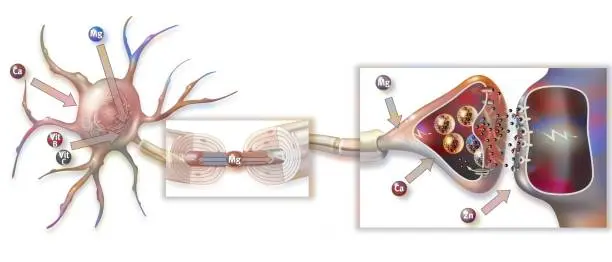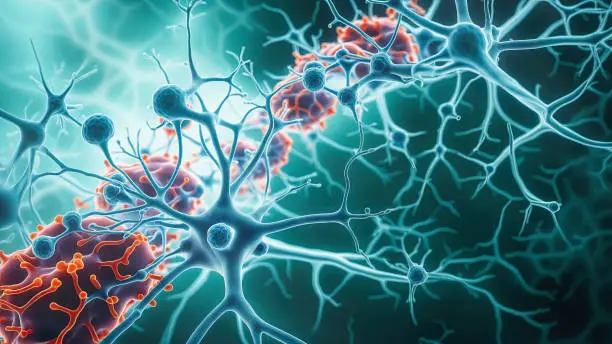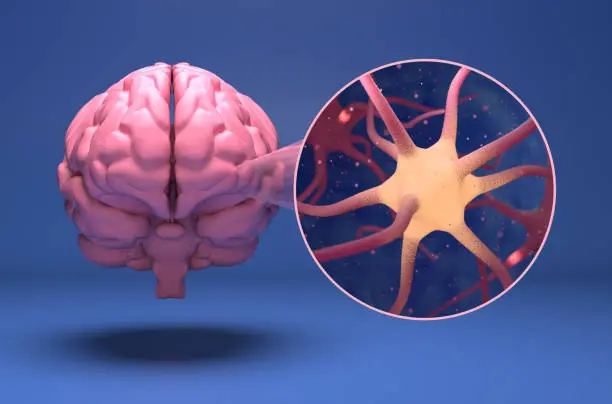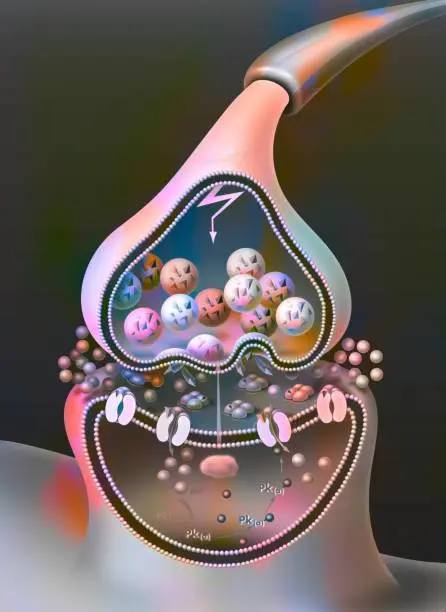The Complement System in Neuroscience: From C4b Proteins to Cognitive Health





The complement system, a crucial component of the innate immune response, has long been recognized for its role in defending against pathogens. However, emerging research has illuminated its significant involvement in brain function, development, and pathology. Central to this exploration is C4b-binding protein (C4BP), a regulator of the classical complement pathway, which has garnered attention for its dual role in neuroprotection and neuroinflammation.
Understanding C4b-Binding Protein (C4BP)
C4b-Binding Protein (C4BP) is a crucial regulatory protein of the complement system, part of the innate immune response. It primarily controls the classical and lectin pathways of complement activation, preventing excessive immune reactions that could damage host tissues.
Main Functions
Regulation of Complement Activation
C4BP binds to C4b, a fragment generated during complement activation, and acts as a cofactor for Factor I, which cleaves C4b into an inactive form.
This prevents uncontrolled complement activation that could harm host cells.
Neuroprotection and Immune Modulation
In the central nervous system (CNS), C4BP helps clear apoptotic cells and reduces inflammatory responses, protecting neurons from damage.
Dysregulation of C4BP has been linked to neurodegenerative disorders such as Alzheimer’s disease and Parkinson’s disease.
Cross-Talk with Coagulation
Through its β-chain, C4BP interacts with protein S, which connects immune regulation to blood clotting pathways, influencing inflammation and vascular health.
C4BP and Cognitive Health

Alzheimer's Disease (AD)
Elevated levels of C4BP have been associated with increased brain atrophy in AD patients. Specifically, cerebrospinal fluid (CSF) concentrations of C4BP correlate with regional brain volume loss, suggesting its involvement in the progression of neurodegeneration
Parkinson's Disease (PD)
Research indicates that C4BP exacerbates neuroinflammatory responses in PD models. In vitro studies have shown that C4BP amplifies astrocytic inflammation, leading to increased neuronal apoptosis and synaptic damage. In vivo, this interaction accelerates motor dysfunction and dopaminergic neuronal loss, underscoring C4BP's role in PD pathology
Major Depressive Disorder (MDD)
A study investigating the correlation between serum C4BP levels and white matter tract integrity in MDD patients found that higher C4BP concentrations were linked to reduced integrity of white matter tracts, suggesting a potential biomarker for cognitive impairment in depression
ing Neuroprotection and Neurodegeneration
The dual nature of C4BP's function in the CNS reflects the complex interplay between protective and detrimental effects:

Neuroprotective Role
Under physiological conditions, C4BP participates in the clearance of apoptotic and necrotic cells, thereby preventing the release of potentially harmful intracellular contents. This activity is crucial for maintaining neural tissue integrity and function.

Neurodegenerative Role
In pathological states, such as AD and PD, dysregulated complement activation, involving C4BP, contributes to chronic inflammation, synaptic dysfunction, and neuronal loss.
Complement Inhibition
Targeting C4BP or its interactions with C4b may offer strategies to modulate complement activation in neurodegenerative diseases. For instance, inhibiting the C4BP-C4b interaction could reduce neuroinflammation and protect against neuronal damage.
Biomarker Development
Monitoring C4BP levels in CSF or serum could serve as a diagnostic tool for early detection and progression of neurodegenerative disorders, facilitating timely interventions.
Personalized Medicine
Given the variability in complement system regulation among individuals, personalized approaches targeting C4BP pathways may enhance treatment efficacy and minimize adverse effects.




